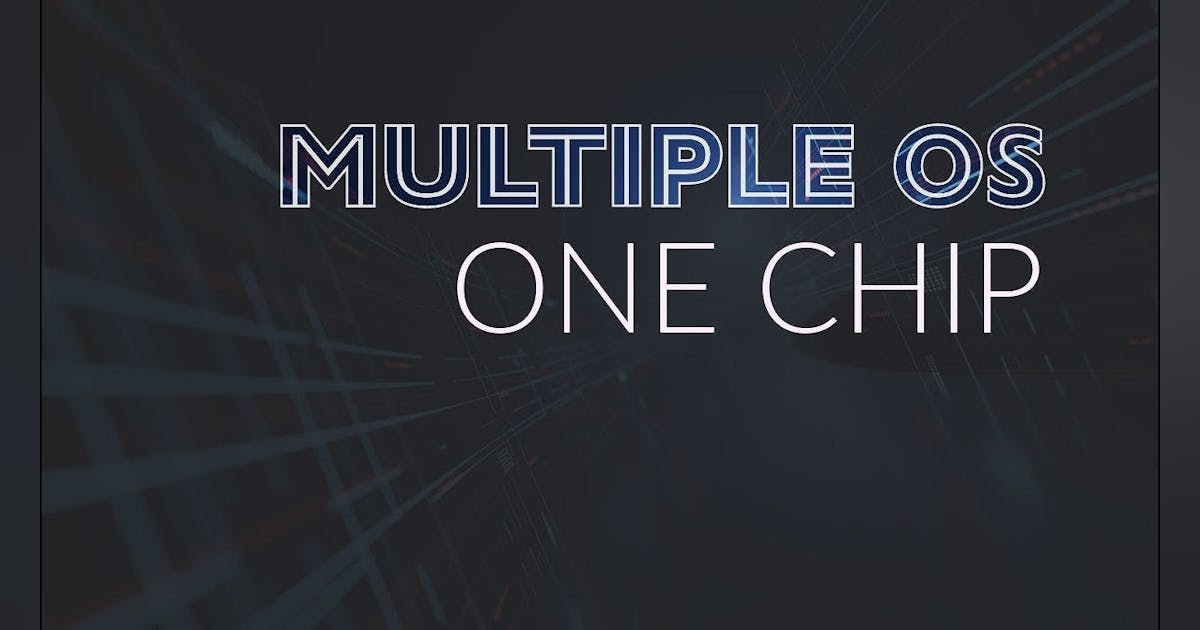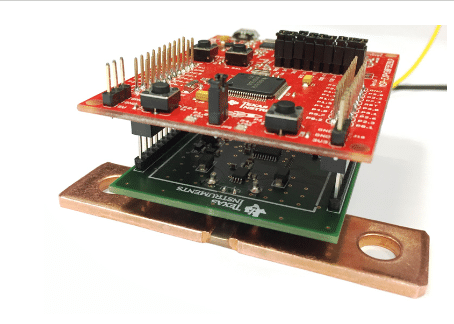This article is part of the TechXchange: VMs, Unikernels, and Containers.
What you’ll learn:
- What is VirtIO?
- How BlackBerry’s QNX Hypervisor manages multiple operating systems in an automotive environment.
Software-defined vehicles (SDVs) typically use a hypervisor-based software platform to provide automotive services from engine control to telematics. Hypervisors provide isolation to protect critical systems, as well as dedicated resources so that non-critical applications can’t cause problems with critical systems.
VirtIO, an open standard for device drivers used in the Linux Kernel-based Virtual Machine (KVM), is now supported by BlackBerry’s QNX Hypervisor (see figure). VirtIO drivers for peripherals like Ethernet adapters allow for communication with the outside world and other virtual machines (VMs) controlled by the hypervisor. This enables support for a range of operating systems and bare-metal VMs in an SDV environment, including platforms like Android Auto.
I talked with Mike Shane, Senior Software Developer at BlackBerry, about SDVs, QNX, and VirtIO (see video above). The hypervisor isolated critical and non-critical applications that typically run on high-performance, multicore system-on-chip (SoC) platforms. VirtIO drivers provide standard interfaces to the VMs. The hypervisor handles resource management, such as performance management, so that critical systems can be guaranteed access to processors and peripherals to support real-time SDV operation.
As an aside, QNX Hypervisor is now available in the AWS Marketplace. It enables development in the cloud with the ability to move VMs developed in the cloud to SDV hardware in the car.
Check out more videos/articles in the TechXchange: VMs, Unikernels, and Containers.






